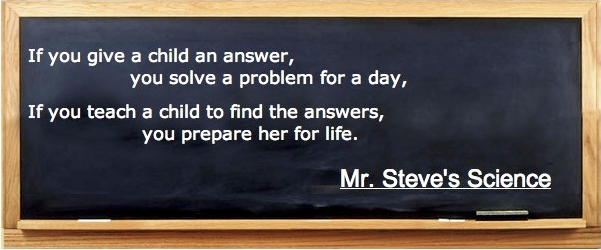Below is an excerpt from an email from Alan about the project:
Through the magic of how the Squeak VM and the Squeak image are done, this image from Disney times (before 2000) can be run today on a completely different Mac CPU and OS.
If they waited for a few years, this can easily be derived by algebra. But they don't wait.
So I decided to try to do a completely iconic derivation (that is also a proof) that would be more in the 10 and 11 year olds' mental wheelhouse.
I wanted to avoid algebra, and I also wanted to avoid having to use the "multiplication of fractions" rule. No one worries about this one because "it looks reasonable", but in fact it is the harder of the two relations. It was one of the triumphs of Greek mathematics.
So the division of fractions project directly derives the "invert and multiply" result without needing the multiplication rule.
The white arrow in the yellow explanation oval will go to the next step. I thought back then about being able to also run this backwards but didn't do it. Being able to freely go in either direction really helps I think, so this should be added.
There is a project link to a similar sequence that shows an iconic derivation for the more difficult and subtle multiplication of fractions.
I still think that fractional arithmetic and its understanding should be delayed -- but if schools don't have the wisdom and courage to do this, they should at least teach it -- and all math -- only via understanding, not via faith in a rule.
Cheers,
Alan


.jpg)



